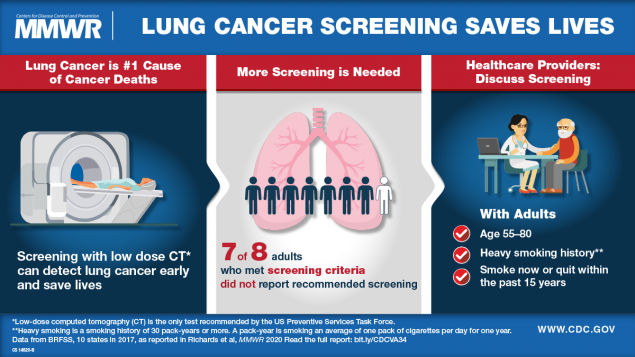CCOHS- The identification of 2019 Novel Coronavirus (COVID-19) in China in late 2019 has highlighted the need for workplaces in Canada to follow good practices to minimize the potential for infection. Coronaviruses are a large family of common viruses that are typically associated with mild illnesses. However, novel strains can develop into serious diseases, including Middle East Respiratory Syndrome (MERS-CoV) and Severe Acute Respiratory Syndrome (SARS-CoV).
Coronaviruses are common in animals, but in rare cases, the virus can evolve to infect people, then spread from person-to-person. The route of transmission is not always known, but the viruses are generally thought to spread by respiratory droplets when people are in close contact.
People caring for individuals with a coronavirus are at the greatest risk for contracting the disease such as health care workers and others who work close to their clients or patients. However, everyone can adopt good hygiene practices to minimize the potential for infection.
Prevent the spread
Workplaces can promote the adoption of many good hygiene practices that will help prevent the spread of any virus or infection, including the flu. The most important day-to-day action everyone can take is proper and regular hand washing with soap and water. Individuals should use tissues, or cough and sneeze into their arm or elbow (not their hand) while turning away from other people. Dispose of used tissues and wash your hands right away. Avoid touching your eyes, nose or mouth, especially after you have touched surfaces such as doorknobs and handrails that others have touched. Avoid sharing cups, glasses, dishes and cutlery, and wash your dishes with soap and water immediately after use. If a vaccine is available, encourage everyone to get the shot, or consider setting up a mini clinic for convenience and coverage.
Have a policy in place
Workplaces should have a policy in place that outlines requirements to follow when people may be sick, or when they are absent because they are caring for others. This policy should indicate how the individual will notify the workplace of their situation. Let workers know they can and should stay home if they are not feeling well. Workplaces must plan for these absences as well as for possible increases and decreases in business, and for changes in how they do their business. Provide cross-training for coverage of job duties, and make sure that workers are comfortable performing these added job tasks and responsibilities. Employers should also stay up to date on the latest situation by monitoring public health agency websites and keep everyone informed.
Develop an infection control plan
In addition to having a policy in place, workplaces (non-healthcare) can set up an infection control plan that includes providing clean hand washing facilities, or alcohol-based sanitizers when regular facilities are not available, for example to workers on the road. Objects that are touched frequently, including doorknobs, handles, and railings, should be cleaned more often using regular disinfectants or soap and water. If a person has been suspected or identified with an infection, employers should clean that person's station, along with other areas where they have been. Ventilation systems should be checked for proper functioning.
Provide boxes of tissue throughout the workplace and encourage its use by displaying good hygiene practice posters. Consider temporarily removing magazines and papers from waiting areas or common rooms. Use social distancing techniques as necessary to minimize contact. Conduct business via telephone or online, allow employees to work from home, and encourage flexible work hours to avoid peak public transportation times and crowding the workplace.
Resources
